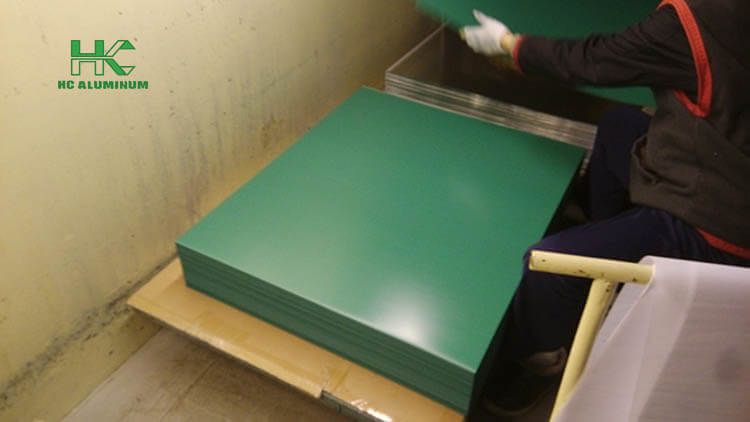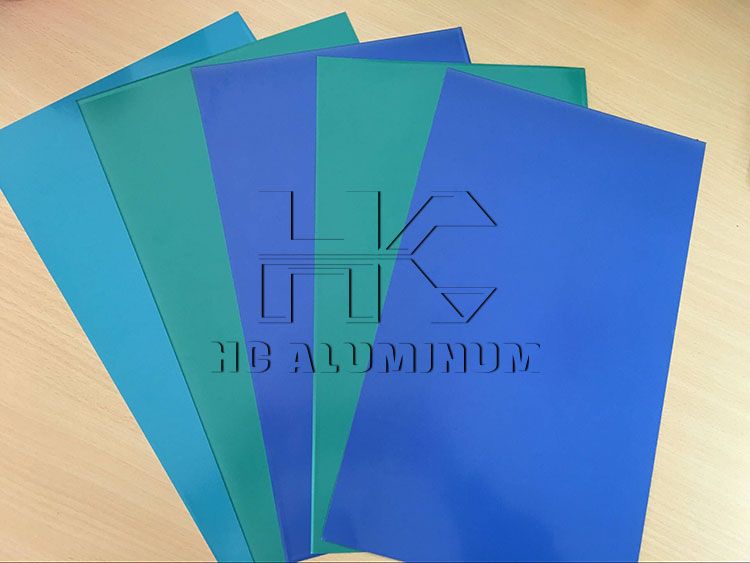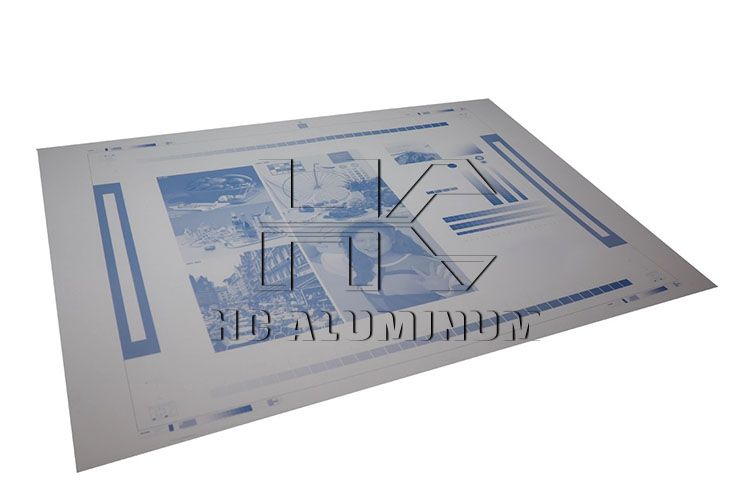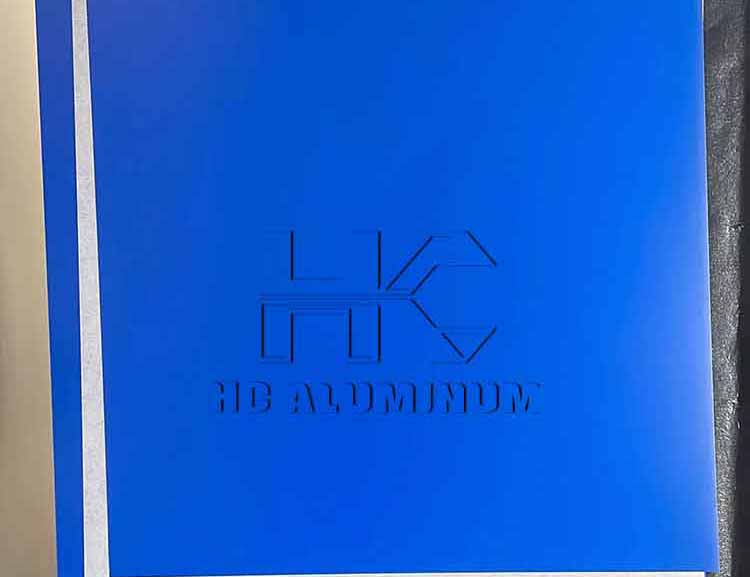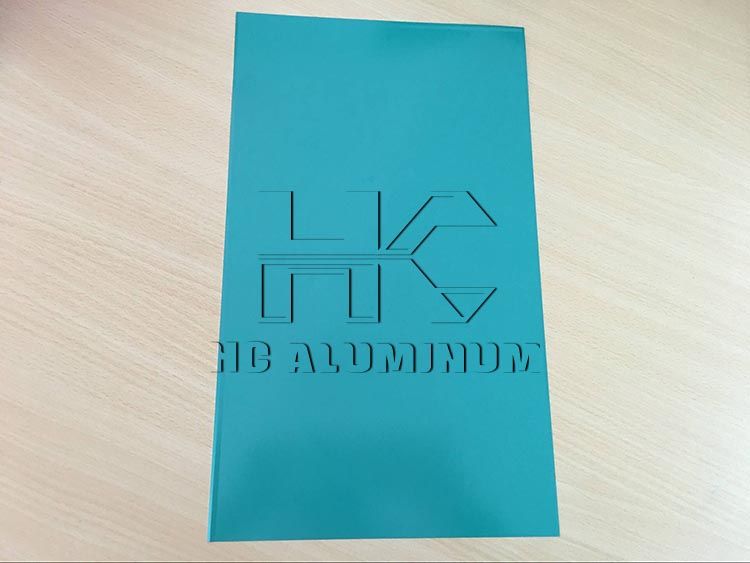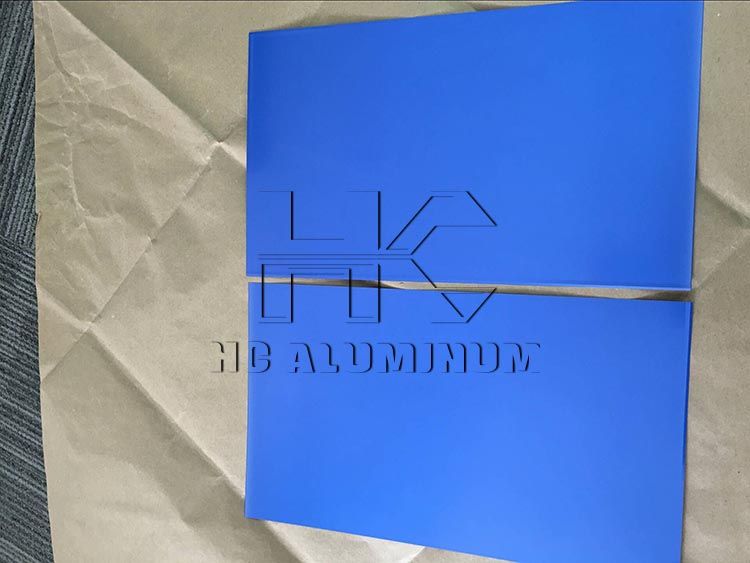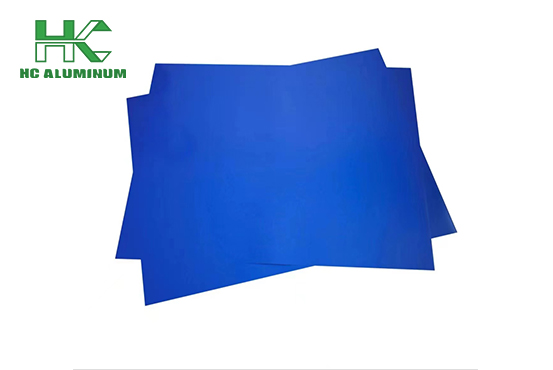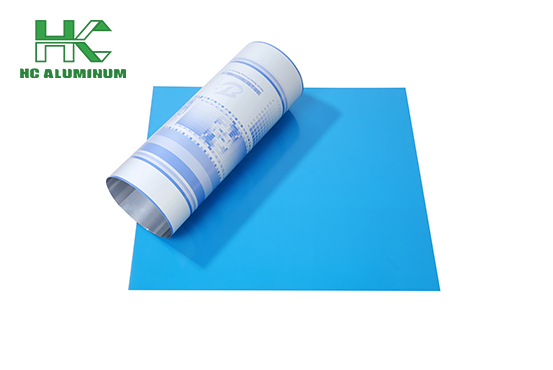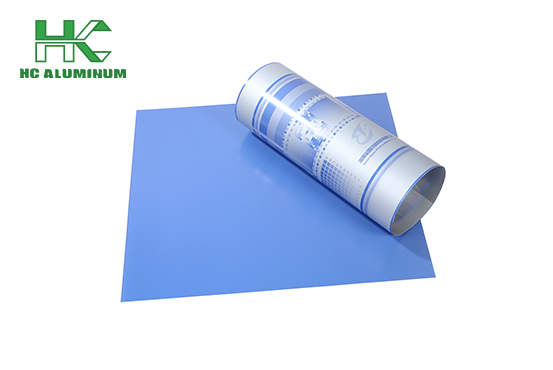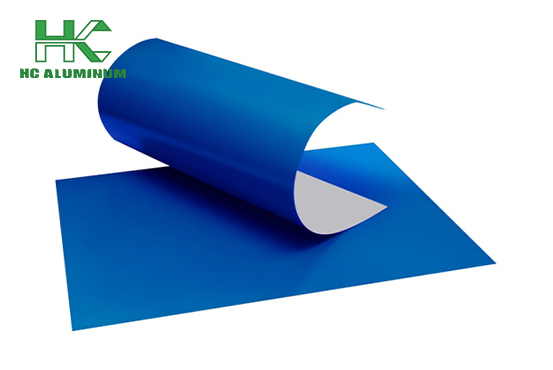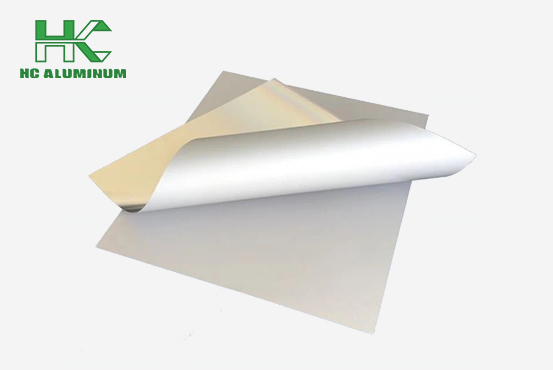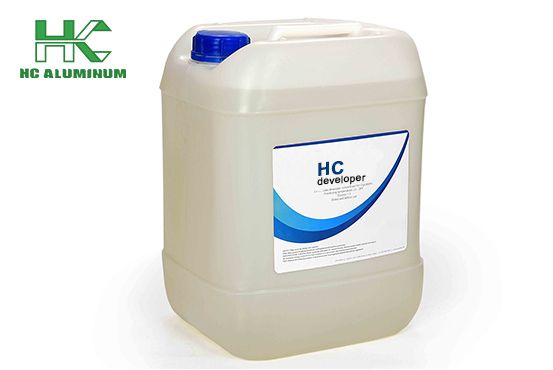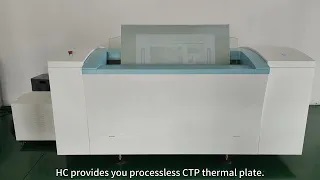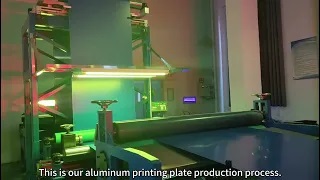Differences Between CTP and CTCP
The core difference between CTP (computer-to-plate) and CTCP (computer-to-conventional printing) stems from the fundamental differences in their imaging logic, which directly determines their technological DNA.
CTCP plate is a digital upgrade of traditional platemaking technology. It retains the core principle of UV exposure, replacing film with a digitally controlled micro-lens system, and produces images through a step-by-step exposure method. Its photosensitive system is consistent with traditional PS plates, with a wavelength range of 320-450nm, with a typical wavelength of 410nm for positive CTCP plates.
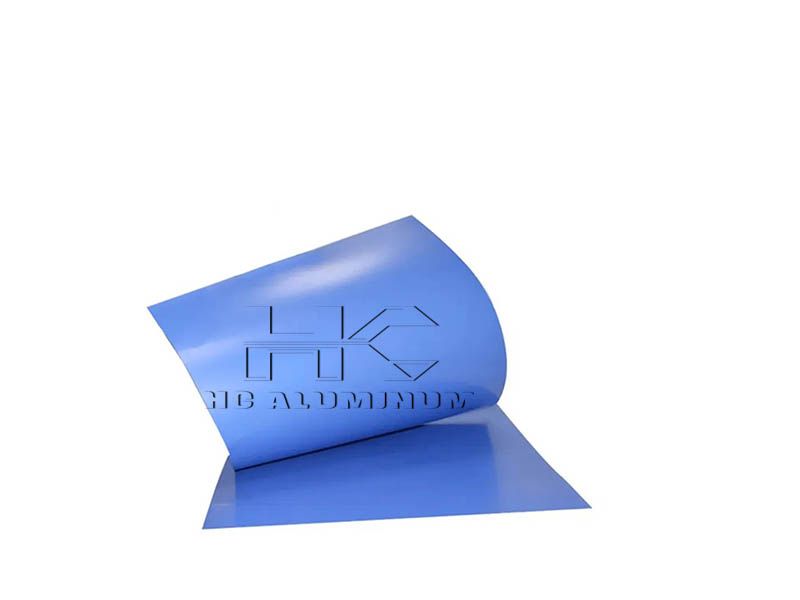
CTP plate is a completely digital-native technology. For example, thermal-sensitive plates utilize an external-drum laser recording method, using an 830nm infrared laser for thermal ablation imaging. The imaging process does not rely on traditional UV light, but instead uses laser energy to directly alter the coating properties, achieving separation between imaged and non-imaged areas. Some high-end CTP plates, such as double-coated thermal plates, also utilize double-layer coating technology to further optimize imaging efficiency and stability.
Performance Parameters
1. Resolution
CTCP plates: Conventional accuracy can achieve 2%-98% dot reproduction, but this has limitations in detail rendering and is difficult to meet the printing needs of ultra-fine graphics. We offer ctcp printing plates customized.
CTP plates (thermal): Offer high-precision dot reproduction, achieving a resolution of 1%-99% at 200 LPi. This allows for accurate rendering of fine graphic details and gradients, meeting the stringent precision requirements of high-end printing.
2. Press Run
CTCP plates: Without baking, the press run is typically 50,000-100,000 prints, which is sufficient only for short to medium-sized print runs. For long-run production, frequent plate changes are required, impacting production efficiency. CTP plate (thermal): Its run rate is similar to that of
CTCP plate without baking, at 50,000-100,000 prints. After baking, this rate can be increased to 100,000-200,000 prints. Some high-end double-coated thermal CTP plates can achieve a run rate of 200,000-250,000 prints without baking (with regular inks), and 100,000-150,000 prints with UV inks, making them ideal for long-run production runs.
3. Operating Environment
CTCP plate: It is light-sensitive and requires operation in a dark environment. It relies on yellow safety lights for illumination, which limits operating scenarios and increases environmental control costs during production.
CTP plate (thermal): It exhibits excellent light stability and can operate in brightroom conditions for up to two hours. It eliminates the need for additional light-shielding facilities, offering greater operational adaptability, streamlining production processes, and improving operational convenience.
4. System Stability
CTCP plate: Due to its imaging principle, it is sensitive to temperature, humidity, and environmental cleanliness. It is also susceptible to voltage fluctuations. During production, environmental factors or unstable power supply may lead to fluctuations in plate quality, increasing the risk of plate scrap.
CTP plate (thermal): Utilizing an external drum laser structure, it boasts highly mature technology and is recognized for its highest system stability. It is more tolerant to temperature, humidity, and voltage fluctuations, maintaining consistent image quality in diverse production environments and reducing production losses due to equipment instability issues.
5. Development Latitude
CTCP plate: While its development latitude is relatively wide, it is significantly affected by processing conditions (such as developer concentration, temperature, and time). Improper control of processing parameters can easily lead to over- or under-development, impacting the image clarity and print quality of the plate.
CTP plate (thermal): Developing parameters are highly controllable. Standard developing conditions are a temperature of 22°C-28°C and a development time of 25-35 seconds. Within this parameter range, excellent and stable development results are achieved, with minimal impact from fluctuations in processing conditions, facilitating standardized production management.
Notably, due to the limitations of UV imaging, CTCP sheet still lags behind CTP sheet in terms of dot transition smoothness and detail reproduction. This makes CTP sheet more advantageous in high-end printing applications.
Cost Structure
Initial Equipment Investment
The initial purchase cost of CTCP equipment is typically 30%-50% lower than that of CTP equipment: Entry-level CTCP equipment ranges from approximately $3,199 to $90,000, while high-end models such as the Amsky Aurora U848 CTCP Press can cost $61,094-69,063.
equipment, on the other hand, ranges from a basic model of $7,500 to high-end models exceeding $59,000. However, the micromirror assembly, a core component of CTCP, is exposed to the optical path, resulting in ongoing maintenance costs 20%-30% higher than CTP.
Printing plate price
CTCP plate: The international market quotes generally range from $1.20-3.40 per square meter, with some high-end products reaching $4 per square meter.
CTP plate: The international CTP plate cost is $1.50-3 per square meter internationally. Double-coated high-end CTP plates cost is up to $6 per square meter. Wash-free CTP plates command a significant premium due to their environmental advantages.
Overall Operating Costs
CTP platemaking is 20%-30% faster than CTCP and requires no film consumables (saving 10%-15% in annual material costs). Furthermore, CTP plate scrap rates are 5%-8% lower than CTCP. Based on an international average price of $2 per square meter, this translates to a reduction of $1,000-1,600 in annual waste.
Suitable Applications
CTCP plate is ideally suited for short-run jobs at small and medium-sized printing companies, particularly for products with moderate precision requirements, such as gift boxes and flyers. Its compatibility with traditional developing equipment enables companies to achieve a low-cost digital transformation without completely phasing out existing production lines. It is widely used by small and medium-sized printing houses in emerging markets such as Nigeria.
CTP plate is the preferred choice for high-end commercial printing and long-run production runs, such as magazines, high-end brochures, and high-end packaging, where dot accuracy and color consistency are critical. In the publishing and printing fields (accounting for 41.5% of CTP applications) and high-end packaging fields, CTP's high press life can make the unit platemaking cost of long-run production 15%-20% lower than that of CTCP, and the wash-free model is more in line with the environmental regulations of the European and American markets. We offer cheap CTP plate for global customers.

